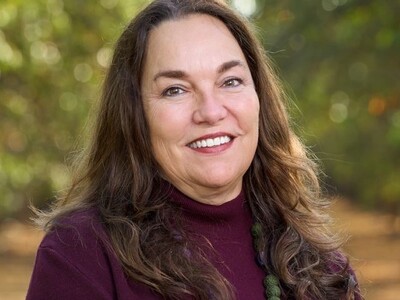Pollinator Group
Pollinator GroupThe buzz about the demise of honeybees, birds, monarch butterflies and other crucial pollinators has prompted the creation of a Pollinator Conservation Alliance.
The alliance is offering technical assistance to solar farm developers on the types of plants that work well on solar farms.
Although it isn't quite planting season, Liz Kalies, director of science for The Nature Conservancy, says the cost effective advice comes just in time to plan for vegetation that nurtures pollinators.
"You know, the pollinator piece of this is sort of the immediate return," she points out. "So, when you think about putting in native vegetation at these solar farms, pollinators will respond really quickly.
"You can get more bang for your buck if you put in pollinator-attracting species that are going to make a difference in the short term."
Almost one-third of the food and fiber crops grown worldwide depend on pollinators for reproduction, but many pollinator species are under threat from disease, pesticides and loss of habitat.
According to Kalies, the alliance is pooling a variety of resources to bring assistance to solar farm developers.
"There were a bunch of people all really interested in how we can make solar farms more wildlife and insect friendly, and everybody was sort of doing their own thing and talking to different players," she states. "We weren't organized about it. So, we wanted a better and more coherent message to bring to these developers."
She says pollinator friendly solar farms attract pollinators at the same time states grow a clean energy future.














